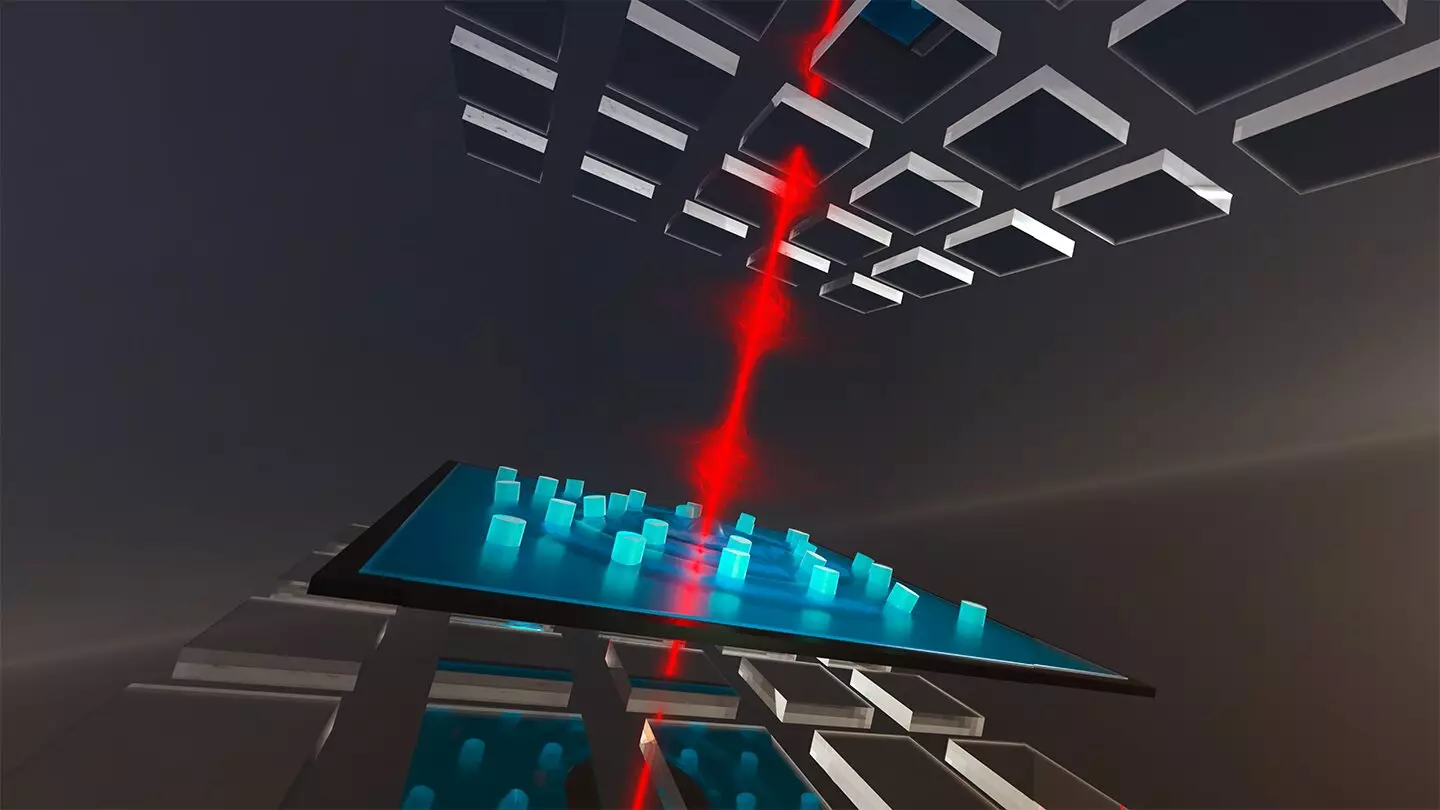The field of quantum mechanics has long been limited by the difficulty of observing and controlling quantum phenomena at room temperature. Traditionally, these observations required extremely low temperatures to detect quantum effects. However, a groundbreaking study led by Tobias J. Kippenberg and Nils Johan Engelsen at EPFL has achieved a significant breakthrough in this area. By merging quantum physics and mechanical engineering, the researchers have successfully demonstrated control over quantum phenomena at room temperature, redefining the boundaries of what is possible.
Reaching the realm of room temperature quantum optomechanics has been a long-standing challenge. Previous studies were limited to near absolute zero temperatures, which restricted the practical applications of quantum technologies. The necessity for extreme cold temperatures has hindered the progress in this field. However, Kippenberg and Engelsen’s work has overcome this obstacle by effectively implementing the Heisenberg microscope, a theoretical toy model.
In their groundbreaking study published in Nature, the researchers developed an ultra-low noise optomechanical system. This system allows for the interconnection between light and mechanical motion, enabling the study and manipulation of how light influences moving objects with remarkable precision. The main challenge at room temperature is thermal noise, which disturbs delicate quantum dynamics. To mitigate this issue, the scientists incorporated cavity mirrors into their setup.
Cavity mirrors, specialized mirrors that bounce light back and forth within a confined space, were utilized to trap light and enhance its interaction with the mechanical elements of the system. To further reduce thermal noise, the mirrors were patterned with crystal-like periodic structures known as “phononic crystals.” These structures effectively minimize disturbances caused by thermal fluctuations.
A crucial component of the experiment was the utilization of a 4mm drum-like device known as a mechanical oscillator. This mechanical oscillator interacts with light inside the cavity. Its larger size and design provide isolation from environmental noise, enabling the detection of subtle quantum phenomena at room temperature. The development of this well-isolated mechanical oscillator was the result of years of effort, making it a significant achievement in the field of precision sensing and measurement.
Optical Squeezing at Room Temperature
The experimental setup allowed the researchers to achieve a quantum phenomenon called “optical squeezing.” Optical squeezing involves manipulating certain properties of light, such as intensity or phase, to reduce fluctuations in one variable while increasing fluctuations in another, in accordance with Heisenberg’s principle. By demonstrating optical squeezing at room temperature, the researchers have effectively showcased their ability to control and observe quantum phenomena on a macroscopic scale, eliminating the need for extremely low temperatures.
The team believes that the ability to operate the system at room temperature will significantly broaden access to quantum optomechanical systems. These systems are crucial testbeds for quantum measurement and quantum mechanics on larger scales. The researchers envision the development of new hybrid quantum systems where the mechanical oscillator strongly interacts with various objects, such as trapped clouds of atoms. This expansion of possibilities opens up avenues for further research and advancements in quantum technologies.
The achievement of controlling and observing quantum phenomena at room temperature represents a significant breakthrough in quantum mechanics. The merging of quantum physics and mechanical engineering in the optomechanical system developed by Kippenberg and Engelsen has redefined the limitations of quantum technologies. By overcoming the traditional requirement for extremely low temperatures, this pioneering study paves the way for practical applications of quantum phenomena in a macroscopic system. With expanded access to room temperature quantum optomechanics, further advancements and discoveries in quantum mechanics are on the horizon.


Leave a Reply